كود لا ينسى
توقفت عن التفكير كمبرمج في تلك المرحلة وعدت إلى التفكير كفيزيائي. لقد أذهلني كيف يمكننا محاكاة الظواهر الفيزيائية ببضعة أسطر من التعليمات البرمجية.

توقفت عن التفكير كمبرمج في تلك المرحلة وعدت إلى التفكير كفيزيائي. لقد أذهلني كيف يمكننا محاكاة الظواهر الفيزيائية ببضعة أسطر من التعليمات البرمجية.

These lines portray a tale of creation and vanishing. It describes the creation of a photon, its subsequent disappearance when an electron absorbs it on the cathode plate’s surface, the subsequent departure of the electron from the cathode, and lastly the eventual disappearance of the electron when it reaches the other plate and captured.
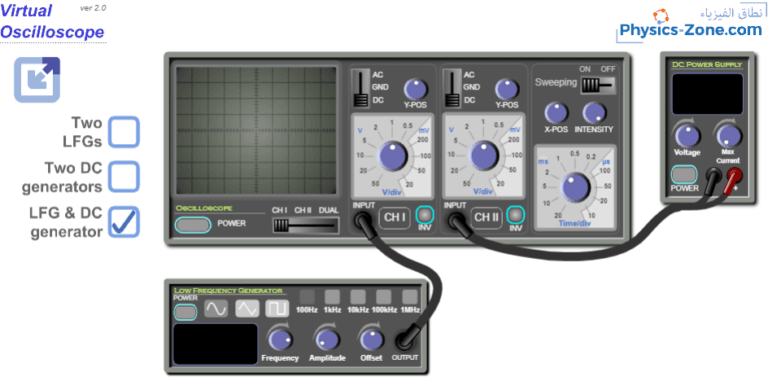
The paper: Using a web-based and stand-alone oscilloscope for physics experiment during Covid-19 pandemic, Mahizah Ismail et al (2023), Phys. Educ. 58 015006, is based on the Virtual Oscilloscope simulation. This paper was authored by Mahizah Ismail, Farid Minawi, Wan Zul Adli Wan Mokhtar, Noraihan L Abdul Rashid and Ahmad K Ariffin.
The article DOI: https://iopscience.iop.org/article/10.1088/1361-6552/ac95eb
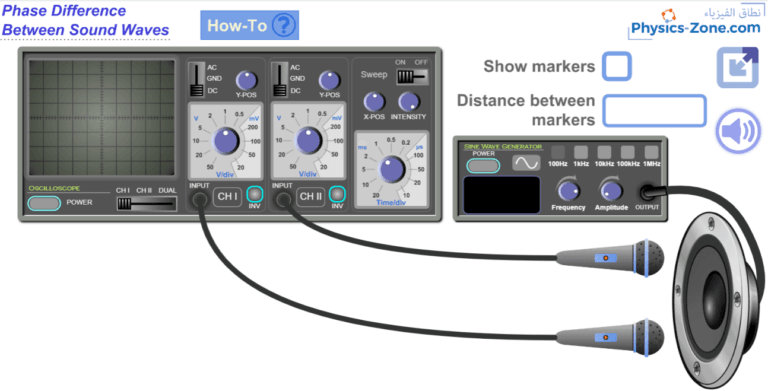
With this rich simulation, you can visualize and measure the phase difference between two sound waves using two microphones connected to an oscilloscope. Moreover, you can determine the speed of sound in air by measuring the distance between the two microphones when their waveforms are in phase, taking into account the frequency of the sound wave that is controlled by the sine wave generator.
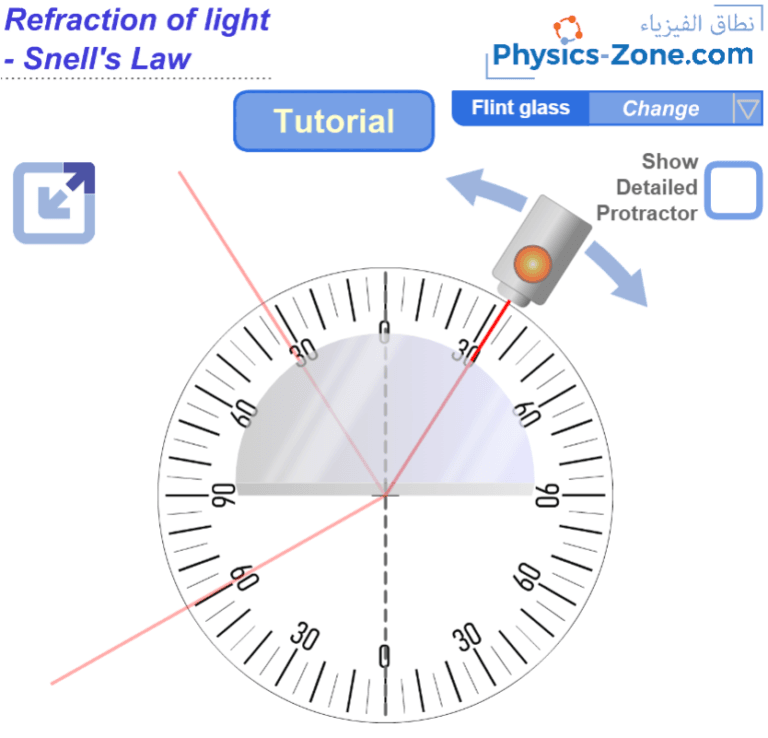
With this simulation, you can experiment the refraction of light between air and a transparent semi-disk. You can choose the material of the disk from a list of materials. Also, you can determine the index of refraction of the semi-disk when you apply Snell’s law to measurements you take in the simulation.
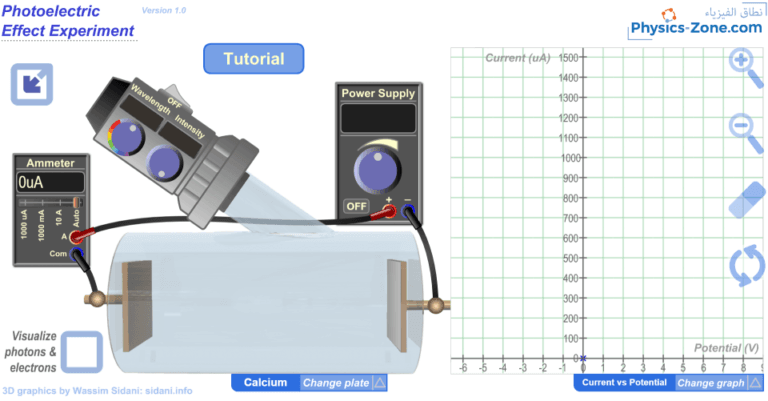
With this comprehensive and realistic-like photoelectric effect experiment simulation, you will be able to illustrate the following:
The variations of the photocurrent versus potential.
The variations of the photocurrent versus light intensity.
The variation of the kinetic energy of the ejected electrons versus the incident light frequency.
It comes with a graph where you can trace each type of variation as you vary the parameters of the experiment.
Plus, you can experiment and discover more with this simulation.
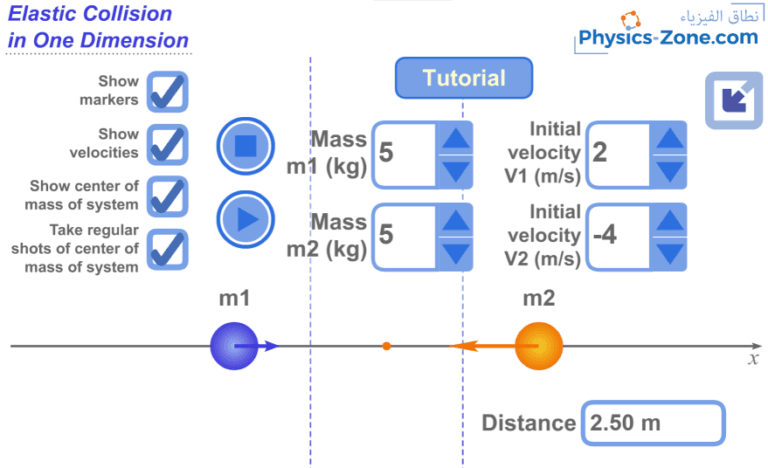
Using this simulation, you can demonstrate the conservation laws in a one-dimensional elastic collision (The law of conservation of linear momentum and the law of conservation of kinetic energy).
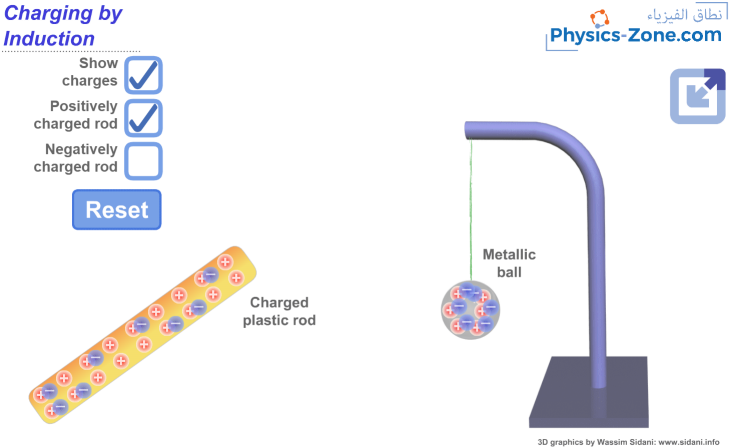
Using this simulation, you can experience the phenomenon of charging a metallic ball by induction in the first stage and charging the ball by contact in the second stage after the charged rod touches the ball. The displayed charges are for an illustrational purpose, and they are not seen in reality. You can disable the display of charges on the rod and on the ball.
In this simulation, you can try two situations, one in which the rod is positively charged and another in which the rod is negatively charged, and you will see that the two situations result in the same observation.
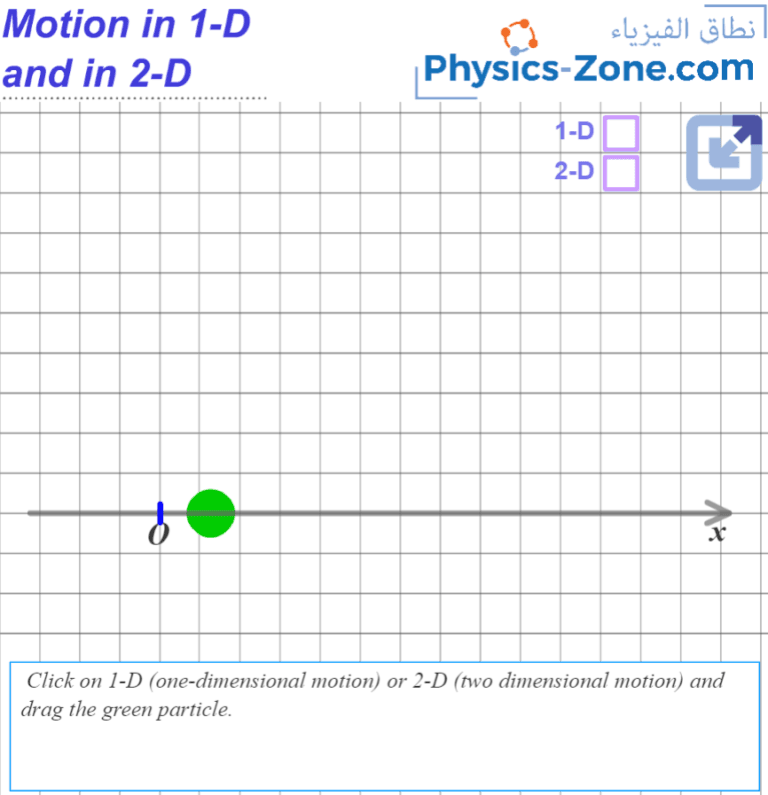
This is a simple simulation that shows the difference between one-dimensional motion, that can be described by means of one axis, the x-axis, and the two-dimensional motion, that needs an additional axis, the y-axis to be described.